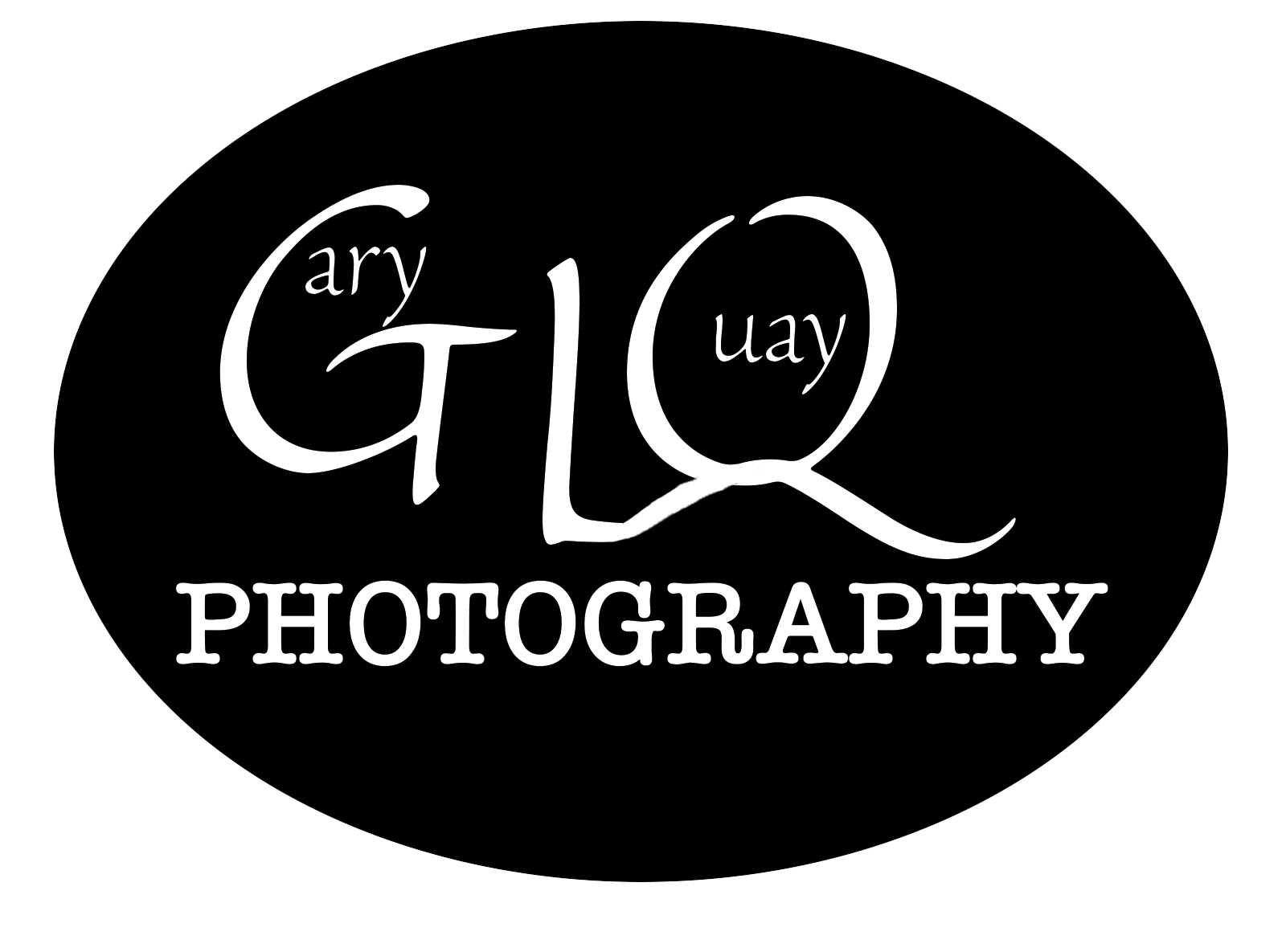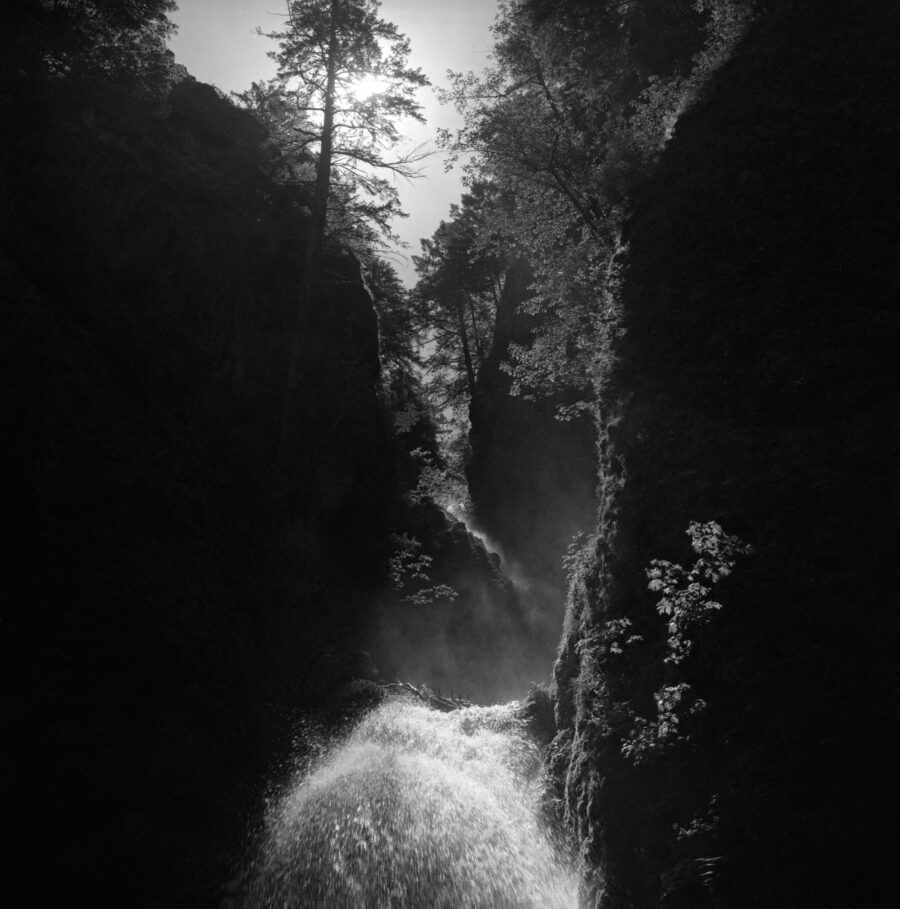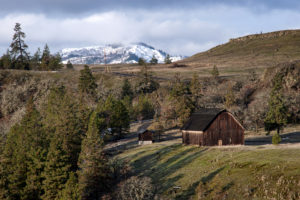I used Ilford XP2 film when I first picked up a medium format camera, but soon gave it up. Now, I am wonderng why.
What is XP2?
XP2 is a fine-grained, multi-ISO film that is developed in color negative film chemicals. It is normally exposed as 400 ISO (ASA), but can be exposed as high as 800 ISO and as low as 50 ISO without loss in image quality, and no change in developing time. This means that it ,ultiple ISO ratings are possible on the same roll. In these days of digital cameras with easily changed ISO settings, XP2’s multi-ISO capabilities will be familiar. For those of us who used film before digital photography became widespread, it took some convincing to change the film speed mid-roll.
©2023 Gary L. Quay
I had the Fuji at Moulton Falls Regional Park in November. Fall was in full swing, so I used a yellow filter to make the leaves pop.
XP2 seems to work well in low light situations due to high film speed and fine grain.
Camera: Fuji GSW690III
Lens: 65mm Fujinon
Film: Ilford XP2
©2023 Gary L. Quay
My yearly autumn pilgrimage to the Cedar Creek Grist Mill ended successfully despite a rocky start. The rocky start was a miscalculation on the metering that cost me half of the roll of film. This one, however, turned out pretty good.
Camera: Fuji GSW690III
Lens: 65mm Fujinon with a red filter
Film: Ilford XP2 defeloped at Blue Moon Camera and Machine.
©2023 Gary L. Quay
This is Latourell Falls in the Columbia Gorge, Oregon. It is one of my go to places in the Fall because the bright leaves frame the waterfall so nicely.
Camera: Fuji GSW690III
Lens: 65mm Fujinon
Film: Ilford XP2 developed by Citizens Photo in Portland
So, why did I stop using it? The simple answer was that I wanted to develop film in my darkroom, and use Zone System controls. The Zone System was developed by Ansel Adams as a way to create the optimal negative through exposing for a wide tonal scale, and the extending or contracting development to create 8 to 10 tonal zones on the negative. This would be clearly impossible on a film that delivers the same negative from 50 to 800 ISO.
Twenty years later, I looked back on how many times I had used zone system controls on roll film. Frankly, the answer was zero. I rarely use up an entire roll at one time, so I would usually have multiple possible expansions or contractions on each one. I tend to expose roll film at the ISO rating from the manufacturer, and make the contrast corrections during printing.
I bought a few rolls in October of this year (2023), and then bought 15 more after getting the first one back from the lab.
What I saw when I scanned an image from that first roll was almost non-existant grain (On a 6×9 cm negative. Smaller formats will show more film grain), and decent contrast. This film was born to be scanned. It makes decent optical prints, but scanning it, and editing on the computer are where this film shines. The wide exposure latitude means that much more information is on the negative than is on traditional film. It’s a little like film HDR.
©2023 Gary L. Quay
We wanted to escape the omnipresent cloud cover in the Portland area, so we made a pilgrimage to the eastern Columbia Gorge, where the forecast predicted sun breaks. We were not disappointed. The Columbia River was calm, and the sun peaked through the clouds to the south.
If you look closer at this image, you can see some film grain creep in. It’s a smaller negative, so that is to be expected.
Camera: Hasselblad 500CM
Lens: 120mm Zeiss Sonnar
Film: Ilford XP2 developed by Citizens Photo in Portland
Notes on the Feature Image – “Bridal Veil with a Splash of Sun”.
This image was from the first roll of film I put through my Hasselblad 500CM in 1997, when it was a mere 22 years old. It’s still going strong, by the way. The negative did not have the detail that I wanted in the shadow areas, so I let it sit in a binder until around 2013, when I saw a painting on the wall of a Chinese Restaurant in Portland that reminded me of it. That week, I made a few test prints, and saw that the detail was unnecessary to the impact of the image. Maybe it was beginner’s luck, but I think I nailed it, and had the right film in the camera. Other films may not have had the latitude to pull this one off.
That’s my review of Ilford XP2 Super. Thanks for reading.
–Gary L. Quay
Copyright © 2025 All rights reserved







